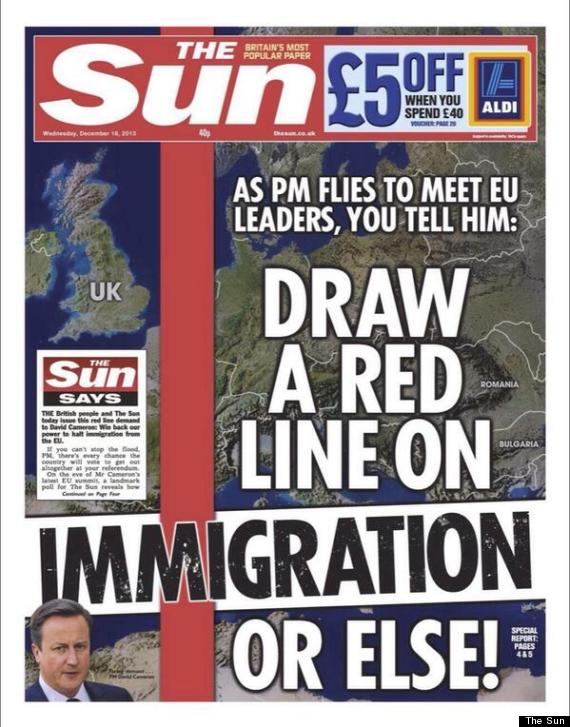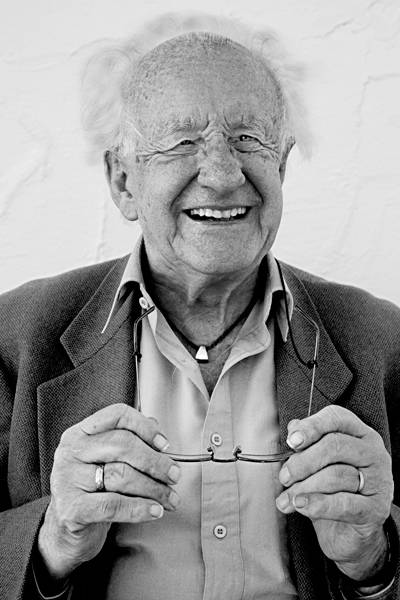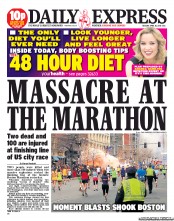Headline:
Queen's £10M Tax Haven Scandal
Threshold-
the Queen has a great impact on most people in the UK.
Unexpectedness-
the day before this story, no one in the public would have known about this
scandal therefore it is unexpected.
Negativity-
this is negative because it seems as if the Queen and other people have been
deceiving the public because they haven't been paying tax.
Elite
persons/Places- The Queen is the elitist person in the UK.
Unambiguous-
It is easy to understand that the Queen along with others have invested their
money offshore which means they aren't paying all their taxes in the UK.
Personalisation-
If they had just said 'Important Peoples £10 million Tax Haven Scandal' then it
would not have the same effect as using the 'Queen'.
Proximity-
As this is happening in the UK in London it is close to home for many people
reading this newspaper.
Continuity/Currency-
As this piece of news only came out yesterday, it hasn't had the time to
continue. However it will still be in the news for many days because more
people are being named in the tax haven scandal.
Audience
The
stereotypical reader for the Daily Mirror are Labour Party voters. However
these people are low income, they religiously feel that anyone with a posh
accent is evil.
Judging this
information above the Queen is a prime example of someone with a posh accent
hence why she is presented in such a negative light.
Another
reason why this newspaper has targeted its audience well is that Theresa May is
portrayed unfavourably because May is from the Tory Party.
Masthead
The name 'Daily Mirror', the word 'mirror'
could suggest reflection, they reflect on each piece of news they receive. The
masthead is all in capital letters which suggests boldness and that the
information is factual and simple.
Layout and
Style
On this
cover there are 3 headlines/ lead stories. It is reasonably easy to identify
these three sections as they are have different colours and are
compartmentalise into three boxes. The main image seems to be the couple who
left Strictly, however the main headline is the Queen's tax haven scandal. The
fact that the Queen's scandal takes up half the page, shows that this is the
focus of the newspaper another thing about this headline is that it is in a
bold large typeface which is quite in your face and it forces an opinion to the
reader therefore we can't really form an opinion ourselves.
Language
The language
is very simplistic, there are no 'big words' that cannot be understood. All the
words are in short quick snippets making it easy for the reader to read, this
means that the readers can decide in a short space of time, whether they want
to buy this newspaper.
Connotations/Denotations
The red
colour in the masthead clearly shows that the Daily Mirror support the Labour
Party. The red poppy within the masthead is obviously a special as it is the
month of November but this connotes the war and soldiers who have died, this
shows the newspaper care about this
and are happy to present it on their front cover. The different
typefaces for the different articles show that the articles are varied and
different. The use of the stand first 'cash secrets of super rich' being
written in red connote there love for labour as well and also the colour red
generally suggests danger and therefore we think the Queen's scandal is
dangerous- they are planting ideas into our heads.
 Headline: Sex scandal will 'clear out' ministers
Headline: Sex scandal will 'clear out' ministers
News Values
Threshold-
Government ministers have a big impact on the UK, as they have significant
control over our control.
Unexpectedness-
shock factor that it's the ministers accused of sex scandals.
Negativity-
both sex scandals and home- schooling loophole have an interest on readers, as
they create both disappointment and upset.
Elite
persons/places- the ministers have an important role in government, so it is
more intriguing to see if it's true. Also, the representation of Trump is a
leading role of USA, who are a big nation.
Unambiguous-
the use of headings and subheadings makes the story easy to understand, as they
tell you what you need to know. However, the main image can be difficult to
understand, as there is little or relevant information on the subject.
Personalisation-
the closest thing to personalisation is the '20 people' killed in the Texas
Church shooting, however if they included the young girl that sadly dies, it
would have had more impact and human interest.
Proximity-
the sex scandal is occurring around London, which is within close proximity to
many people, so they feel more interest in the story.
Continuity/currency-
the story based around the offshore funds has been increasing in names of rich
or famous people that have been 'exploiting the poor'.
Audience
The
stereotypical audience for the Daily Telegraph are conservative supporters. The
Daily Telegraph may want their audience to be people who disapprove of the
rich, due to their negative depiction of the offshore funds. However, this news
has been put aside, suggesting they want Trump to be the main focus, where
anyone who has an interest or hate in Trump would want to read about him.
Masthead
Unlike
several other newspapers, The Daily Telegraph have a masthead in lower case
letters. The main interest is focused on the font style, which isn't
simplistic, but is more stylised. It appears in a old-fashioned and traditional
way, further implying they want their readers to be older people.
Layout and
Style
The layout
of this image is set out in a way where there is only one main image, so the
reader automatically focuses their attention on it. Moreover, the text
displayed around the image is very small, so most people will not notice the
context instantly; it makes us once again, drawn to the picture over the rest
of the information.
Language
The language
and text used in this broadsheet suggests the readers are most likely to be
people who have a lot of time to read through the paper, and who want to go in
depth of a story. Because of the length of writing that is displayed, it
highlights the readers are people who enjoy reading, and are more interesting
in the text than the pictures. The phrase 'clear out' is used in the heading, which results in
the reader questioning the publishers judgement, possibly enticing them even
more into knowing whether ministers will 'clear out'-captivating interests.

























